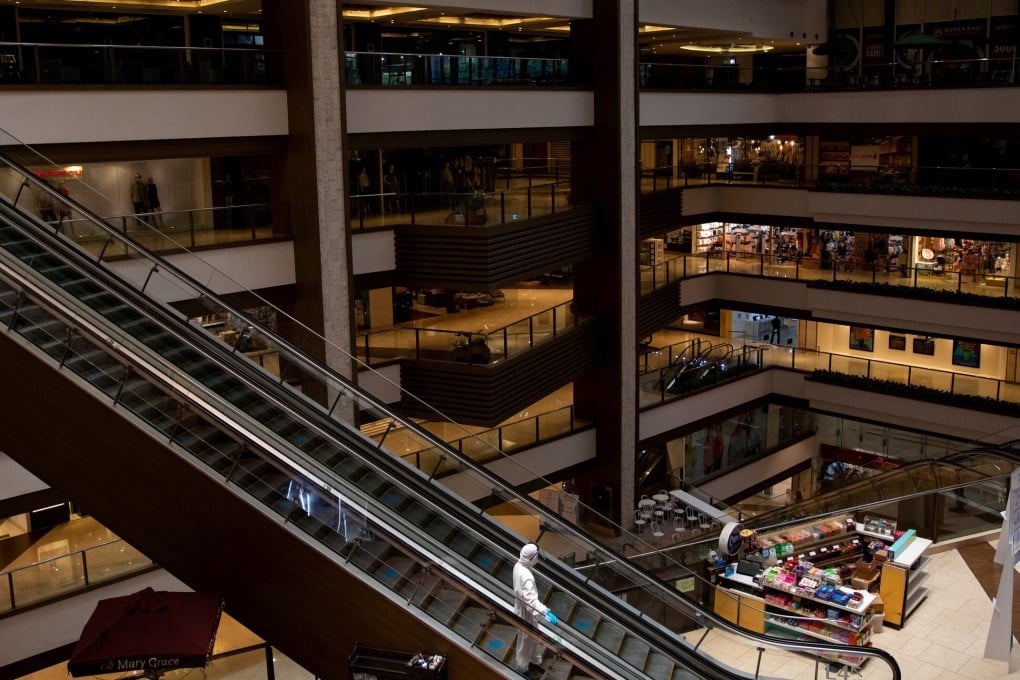Can the Philippines’ shopping centres survive in a post-coronavirus world?
- Movement restrictions, unemployment and health concerns have seen visits to retail establishments fall 55 per cent between February and July
- Shopping centre operators are preparing for the new normal by focusing on deliveries, e-commerce and logistics, but are they changing fast enough?

The Lost Bread transitioned to delivering tubs of ice cream to stay afloat and keep most of its staff employed. “It would be very hard for food businesses inside malls to thrive during these times,” Marabut said. “Consumers have been very hesitant to visit the malls or stay inside for a long period.”
In the archipelagic country, there is more than one shopping centre for every city and province, while the count in Metro Manila alone rivals that of similarly mall-heavy Bangkok. According to property consultancy Colliers International, as of the first quarter of this year, there were 7.3 million square metres of retail space in Metro Manila – about 35 Empire State Buildings, and close to Bangkok’s 7.7 million square metres.
While sales draw crowds every month to major malls, most customers now go shopping with the intent to make a particular purchase instead of just browsing, according to Jonjon San Agustin, senior vice-president of the Philippines’ largest retail operator, SM Supermalls, which has 74 centres around the country.
